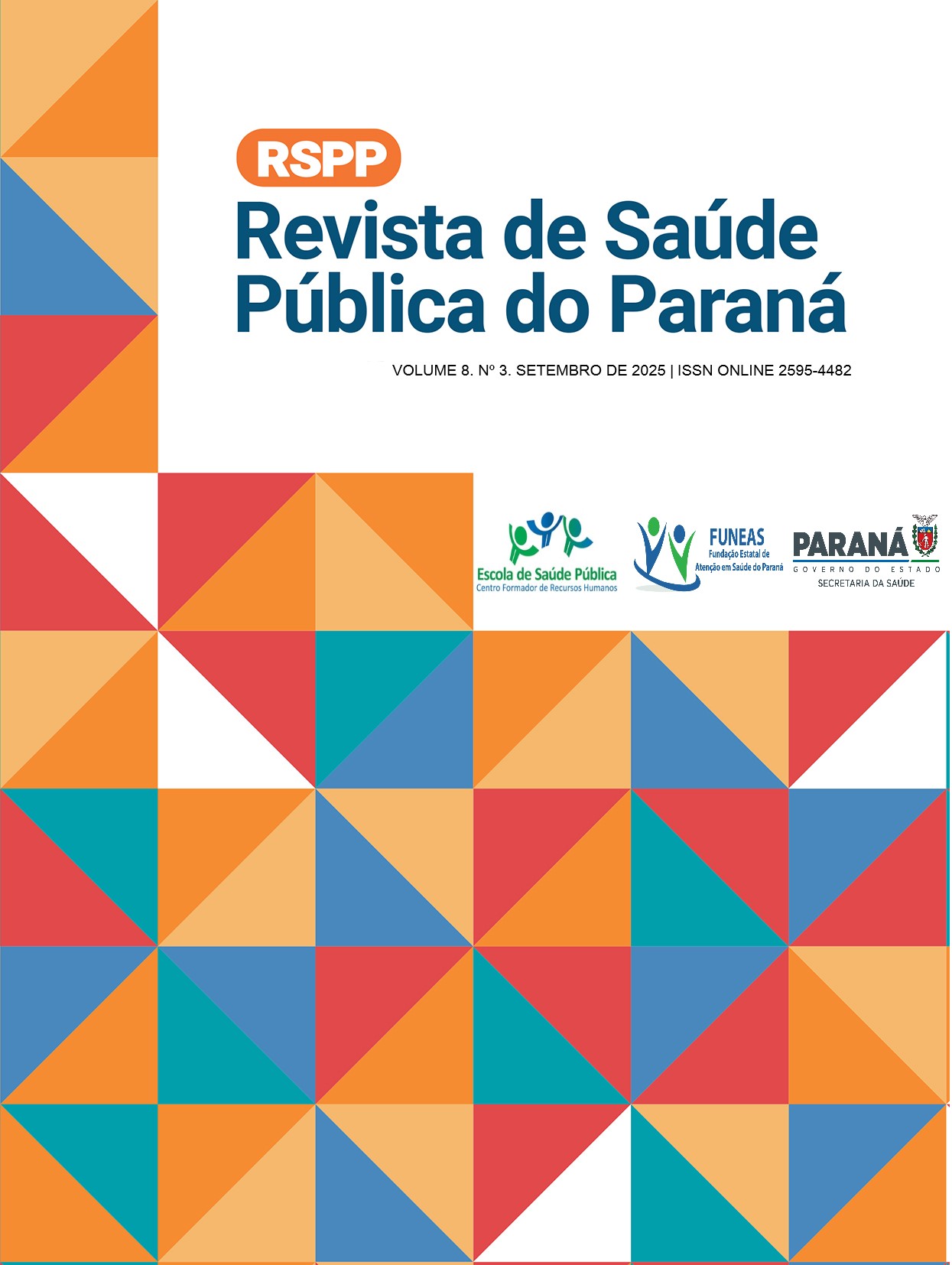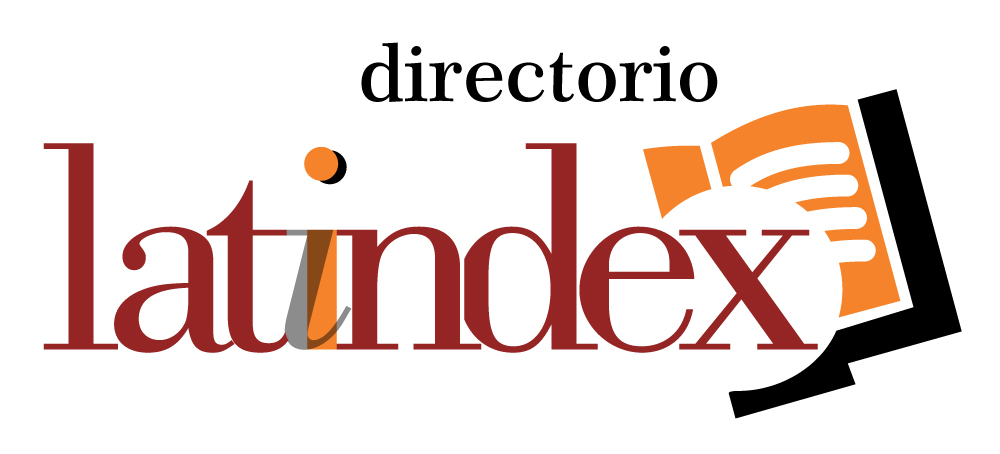Impacto do tipo de parto na microbiota intestinal neonatal: uma revisão integrativa com foco em intervenções moduladoras
Resumo
Este estudo tem por objetivo descrever qual a influência do tipo de parto, da semeadura vaginal, bem como do uso de probióticos na modulação da microbiota intestinal do bebê. Sendo desenvolvido por meio de pesquisas realizadas nas bases de dados PubMed, Google acadêmico e Biblioteca Virtual de Saúde (BVS), após as buscas com os descritores e leitura dos estudos, foram selecionados 13 artigos, onde observou-se a abordagem sobre a alteração da microbiota intestinal em crianças nascidas de parto cesariana e vaginal. Os estudos demonstraram que há diferença nas concentrações de bactérias em crianças nascidas de parto normal em comparação às de cesárea. A correção dos distúrbios bacterianos ocasionados pelo parto cesárea, se torna crucial, principalmente, quando o foco é proporcionar uma melhor resposta imune a invasões por antígenos, desenvolvimento adequado do sistema nervoso, prevenção da disbiose, de forma a assegurar qualidade aos recém-nascidos durante a primeira infância e vida adulta.
Referências
2. Halkjær SI, Refslund Danielsen M, de Knegt VE, Andersen LOB, Stensvold CR, Nielsen HV, et al. Multi-strain probiotics during pregnancy in women with obesity influence infant gut microbiome development: results from a randomized, double-blind placebo-controlled study. Gut Microbes. 2024;16(1):2337968.
3. Dreyer JL, Liebl AL. Early colonization of the gut microbiome and its relationship with obesity. Human Microbiome Journal. 2018;10:1-5.
4. Hurkala J, Lauterbach R, Radziszewska R, Strus M, Heczko P. Effect of a short-time probiotic supplementation on the abundance of the main constituents of the gut microbiota of term newborns delivered by cesarean section—A randomized, prospective, controlled clinical trial. Nutrients. 2020;12(10):3128.
5. Turroni F, Milani C, Duranti S, Lugli GA, Bernasconi S, Margolles A, et al. The infant gut microbiome as a microbial organ influencing host well-being. Italian journal of pediatrics. 2020;46:1-13.
6. Hourigan SK, Dominguez-Bello MG, Mueller NT. Can maternal-child microbial seeding interventions improve the health of infants delivered by Cesarean section? Cell host & microbe. 2022;30(5):607-11.
7. Mueller NT, Differding MK, Sun H, Wang J, Levy S, Deopujari V, et al. Maternal bacterial engraftment in multiple body sites of cesarean section born neonates after vaginal seeding—a randomized controlled trial. MBio. 2023;14(3):e00491-23.
8. Tonon KM, Morais TB, Taddei CR, Araújo-Filho HB, Abrão ACF, Miranda A, et al. Gut microbiota comparison of vaginally and cesarean born infants exclusively breastfed by mothers secreting α1–2 fucosylated oligosaccharides in breast milk. PLoS One. 2021;16(2):e0246839.
9. Wilson BC, Butler ÉM, Grigg CP, Derraik JG, Chiavaroli V, Walker N, et al. Oral administration of maternal vaginal microbes at birth to restore gut microbiome development in infants born by caesarean section: A pilot randomised placebo-controlled trial. EBioMedicine. 2021;69.
10. Lay C, Chu CW, Purbojati RW, Acerbi E, Drautz-Moses DI, de Sessions PF, et al. A synbiotic intervention modulates meta-omics signatures of gut redox potential and acidity in elective caesarean born infants. BMC microbiology. 2021;21(1):191.
11. Murata C, Gutiérrez-Castrellón P, Pérez-Villatoro F, García-Torres I, Enríquez-Flores S, Fernández-Lainez C, et al. Delivery mode-associated gut microbiota in the first 3 months of life in a country with high obesity rates: a descriptive study. Medicine. 2020;99(40):e22442.
12. Brumbaugh DE, Arruda J, Robbins K, Ir D, Santorico SA, Robertson CE, et al. Mode of delivery determines neonatal pharyngeal bacterial composition and early intestinal colonization. Journal of pediatric gastroenterology and nutrition. 2016;63(3):320-8.
13. Ivanov II, de Llanos Frutos R, Manel N, Yoshinaga K, Rifkin DB, Sartor RB, et al. Specific microbiota direct the differentiation of IL-17-producing T-helper cells in the mucosa of the small intestine. Cell host & microbe. 2008;4(4):337-49.
14. Kaoutari AE, Armougom F, Gordon JI, Raoult D, Henrissat B. The abundance and variety of carbohydrate-active enzymes in the human gut microbiota. Nature Reviews Microbiology. 2013;11(7):497-504.
15. Gong Y, Zhong H, Wang J, Wang X, Huang L, Zou Y, et al. Effect of probiotic supplementation on the gut microbiota composition of infants delivered by cesarean section: an exploratory, randomized, open-label, parallel-controlled trial. Current Microbiology. 2023;80(11):341.
16. Yang W, Tian L, Luo J, Yu J. Ongoing supplementation of probiotics to cesarean-born neonates during the first month of life may impact the gut microbial. American Journal of Perinatology. 2021;38(11):1181-91.
17. Zhou L, Qiu W, Wang J, Zhao A, Zhou C, Sun T, et al. Effects of vaginal microbiota transfer on the neurodevelopment and microbiome of cesarean-born infants: a blinded randomized controlled trial. Cell Host & Microbe. 2023;31(7):1232-47. e5.
18. Liu Y, Li H-t, Zhou S-j, Zhou H-h, Xiong Y, Yang J, et al. Effects of vaginal seeding on gut microbiota, body mass index, and allergy risks in infants born through cesarean delivery: a randomized clinical trial. American Journal of Obstetrics & Gynecology MFM. 2023;5(1):100793.
19. Da Silva CC, Monteil MA, Davis EM. Overweight and obesity in children are associated with an abundance of Firmicutes and reduction of Bifidobacterium in their gastrointestinal microbiota. Childhood Obesity. 2020;16(3):204-10.
20. Cox LM, Blaser MJ. Antibiotics in early life and obesity. Nature Reviews Endocrinology. 2015;11(3):182-90.
21. Butler ÉM, Chiavaroli V, Derraik JG, Grigg CP, Wilson BC, Walker N, et al. Maternal bacteria to correct abnormal gut microbiota in babies born by C-section. Medicine. 2020;99(30):e21315.
22. Nunn KL, Forney LJ. Focus: microbiome: unraveling the dynamics of the human vaginal microbiome. The Yale journal of biology and medicine. 2016;89(3):331.
23. Shao Y, Forster SC, Tsaliki E, Vervier K, Strang A, Simpson N, et al. Stunted microbiota and opportunistic pathogen colonization in caesarean-section birth. Nature. 2019;574(7776):117-21.
24. Troy EB, Kasper DL. Beneficial effects of Bacteroides fragilis polysaccharides on the immune system. Frontiers in bioscience: a journal and virtual library. 2010;15:25.
25. Lundell A-C, Björnsson V, Ljung A, Ceder M, Johansen S, Lindhagen G, et al. Infant B cell memory differentiation and early gut bacterial colonization. The Journal of Immunology. 2012;188(9):4315-22.
26. Tamburini S, Shen N, Wu HC, Clemente JC. The microbiome in early life: implications for health outcomes. Nature Medicine. 2016;22(7):713-22.
27. Arrieta M-C, Stiemsma LT, Amenyogbe N, Brown EM, Finlay B. The Intestinal Microbiome in Early Life: Health and Disease. Frontiers in Immunology. 2014;Volume 5 - 2014.
28. Cunnington AJ, Sim K, Deierl A, Kroll JS, Brannigan E, Darby J. "Vaginal seeding" of infants born by caesarean section. Bmj. 2016;352:i227.
29. Mafe AN, Iruoghene Edo G, Akpoghelie PO, Gaaz TS, Yousif E, Zainulabdeen K, et al. Probiotics and Food Bioactives: Unraveling Their Impact on Gut Microbiome, Inflammation, and Metabolic Health. Probiotics and Antimicrobial Proteins. 2025.

This work is licensed under a Creative Commons Attribution 4.0 International License.





















